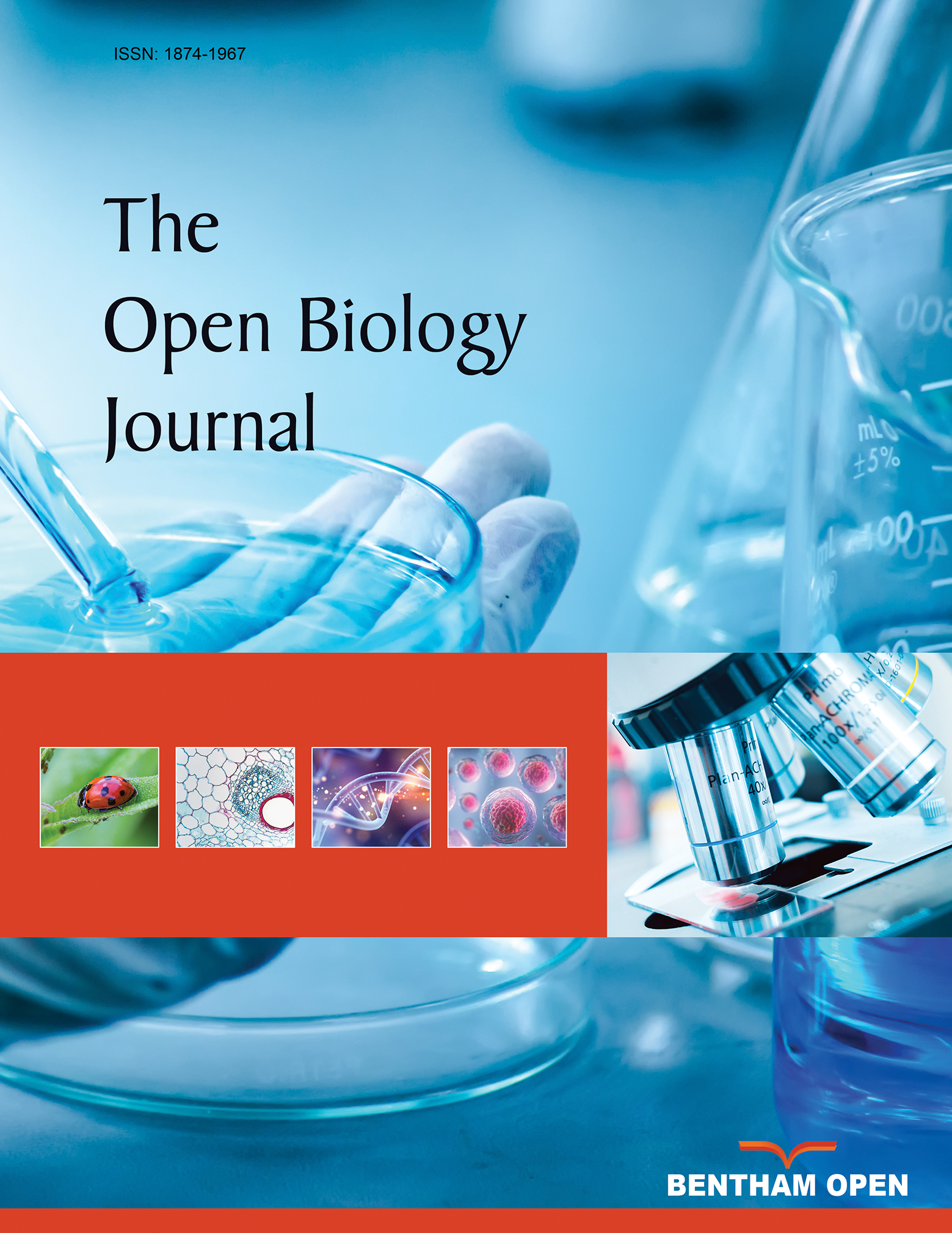All published articles of this journal are available on ScienceDirect.
Isolation and Partial Characterization of an Antiviral Proteolytic Fraction from the Venom of Echis Carinatus Sochureki
Abstract
The venom of the viper Echis carinatus sochureki suppresses the hemolytic activity of Sendai virus on human erythrocytes, when pre-incubated with the virions prior to their binding to cells. A fraction (C1), with an IC50 of 1.25 g/ml, was isolated from the venom. Fraction C1 possesses strong azocollase, azocaseinase and gelatinase activity. The proteolytic and anti-hemolytic potency of C1 depends on the period and temperature of incubation. Its antiviral activity is inhibited by Sodium-EDTA but not by PMSF. SDS PAGE of Sendai virus incubated with fraction C1 shows disappearance of several of the virion high molecular weight bands. We suggest that inhibition of the hemolytic activity of the virions is probably a result of the cleavage of viral surface proteins, such as the hemagglutinin-neuraminidase glycoprotein found on the virion envelope that mediates the absorption of the virus to cells.


